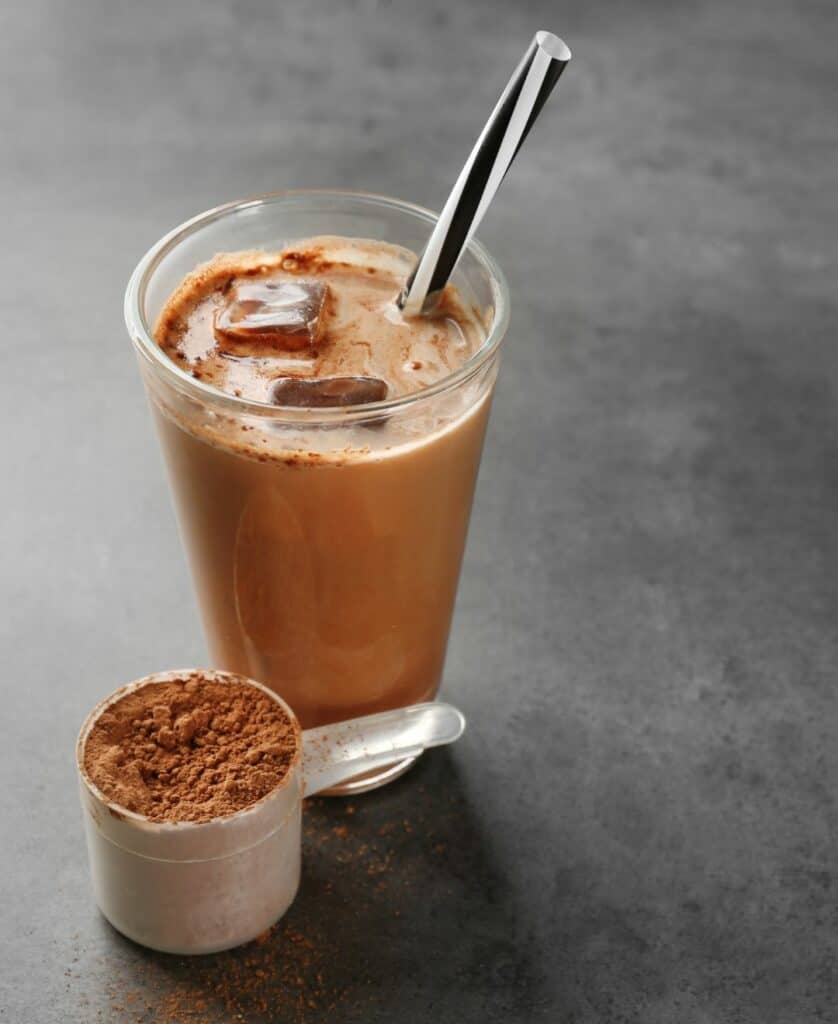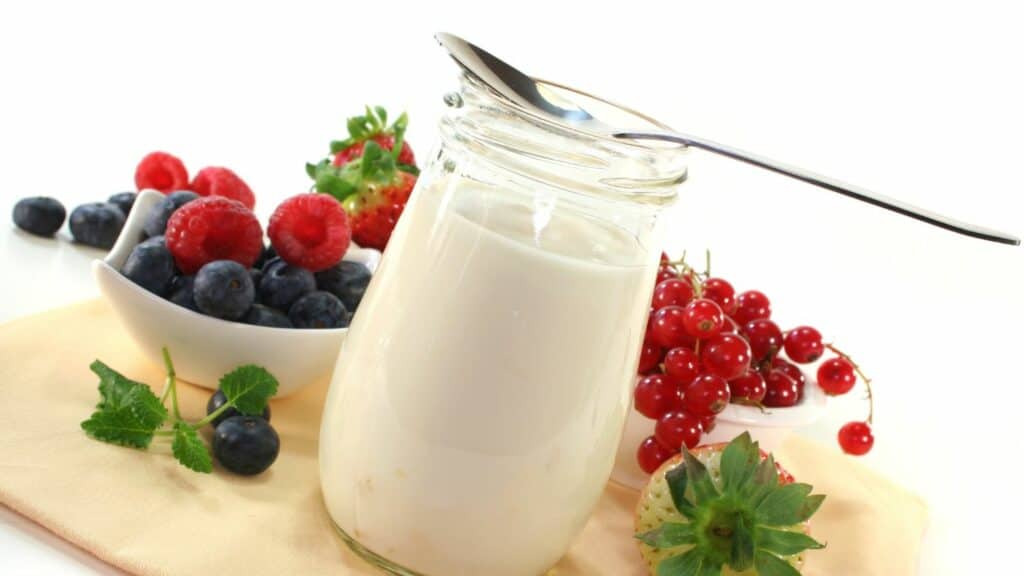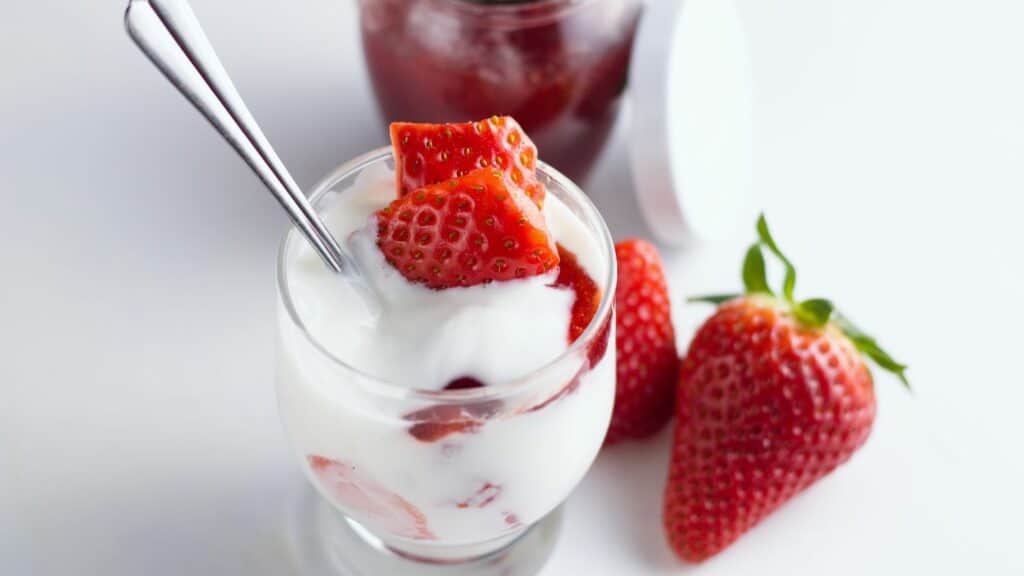pH might not seem like the most “thrilling” topic to talk about, but I assure you it is anything but basic. In fact, it is an essential aspect of the product development process for any consumer-facing food and beverage brand.
Understanding both the positive and negative impacts that pH can have on a formulation is crucial for the success of a product.
But what exactly are these roles, and how can companies manage them to make it work for and not against them?
Let’s take a quick look at just that.
The Basics of pH

The primary school explanation of pH, or “power of hydrogen”, is a scale to measure the acidity or basicity of a given solution.
Using a scale of 0-14, anything above a pH of 7 is considered basic or alkaline, and a solution measuring less than a 7 is classified as more acidic (typically 4.6 and below for foods).
But you probably already knew that. So why is this important?
From a culinary and taste aspect, the use of acids, or more acidic ingredients, has been used for centuries to bring freshness or brightness to a dish, cut through fattiness, add tangy or sour notes, and create greater complexity.
While this definitely does matter, this is far from the only way pH can affect a product.
product Helping or product Hurting – Understanding many roles of pH
From colour to taste, WHC (water-holding capacity), protein denaturation and gelling, inactivating enzyme activity and Maillard reactions, as well as ensuring shelf stability, it’s hard to stress how pivotal understanding the role of pH in your product really is.
Regardless of which aspect you choose to focus on, it primarily comes down to your ingredients.
Protein and pH
Proteins might not be the first thing you think about when discussing pH, but they should be.
This is mainly due to, but not limited to, the denaturation process, the breaking down or change in shape of a protein structure.
Great examples are Maillard reactions when you brown meats or the congealing of an egg white as you fry it.
Still, heat isn’t the only way this denaturing takes place. Take the example of ceviche, where acidic ingredients are used to “cook” or, more accurately, denature the proteins in the seafood.
This makes the choice of your proteins extremely important. Dairy proteins like whey or casein will both denature differently, and it only gets more complex when we bring in the near-endless number of plant-based proteins.

Each of these proteins has a different pH isoelectric point (pI), which is the pH at which these protein molecules carry no electrical charge. Why does this matter? Because this can decide the solubility, stability, and interactions of proteins within a base.
Factoring pH, along with heat processing and your protein choice, can help determine textural aspects such as gelling, viscosity, etc.
Starches, Sugar, Salt Impact on pH
Similarly to protein, certain starches and gums, like those in a plant-based cheese, need to go through specific levels of processing to become fully functional within a formulation.
Though this is necessary for functionality and shelf stability, it can lead to unwanted taste changes and loss of flavour.
Naturally, you may want to add salt or sugar to counteract this and balance out the profile. That may work, but since both of these are relatively neutral, you could disrupt textural changes like gelling and unintentionally raise your pH, creating a microbial breeding ground.
Something as seemingly small as adding 5% sugar could be significant enough to cause problems. Problems that can be easily avoided by understanding the pH necessary for your product.
Fermentation and pH
These considerations also apply to fermented and cultured products like yoghurt and cheese. Known for their cultured and more acidic profiles, it would seem that keeping them at a low pH shouldn’t be an issue.

Usually, it isn’t.
However, when adding ingredients to a formulation, especially in plant-based alternatives, these variables can just as easily hurt or help your product.
For example, creating a truly fermented plant-based cheese sounds like a delicious idea, and it is. Yet, if the formulation contains starches like maltodextrin, the cultures could metabolise these and spit out sugars. While this may taste great, the increase in pH could negatively affect the texture and, even worse, create spoilage of entire lots.
Ultimately, making pH work for you and not against you comes down to balance.
This goes for flavour as well.
Flavor and pH
I know I said that taste isn’t the only way pH influences a product, but that doesn’t mean it isn’t an important factor.
We’ve established that a low, more acidic pH is needed for shelf stability, but that isn’t always the direction you want to head from a flavour perspective.

Take a “good for your gut” cultured beverage, for example. Whether plant-based or traditional dairy, the microorganisms are doing much of the work in creating great texture and a low pH environment to aid in shelf stability and processing.
Sounds great, right? What if it is too acidic for your taste targets?
This is where dairy flavours are a perfect way to bring back balance and even take it over the top with sweet or savoury indulgent profiles.
With authentic flavours that are pH-neutral and heat-stable, you can create delicious products with a taste that is anything but basic.
About the Author: Emily Sheehan, Applications Manager, EMEA
Hi! I’m Emily Sheehan. I’m the Applications Manager, EMEA at Edlong, and my job is rooted in creating exciting new possibilities for our people and processes. It’s inspiring to reflect on how much Edlong has achieved and even more amazing to be involved in such thoughtful innovation. We enjoy pushing boundaries in food and flavour, and we welcome everyone in the food industry to join us. If you’re in need of expertise or inspiration, I’d love to collaborate and help you design flavour solutions that resonate with consumers!
Topics: Dairy flavorsInnovation
Resource Type: Article
Resource Region: EULATAMUS
